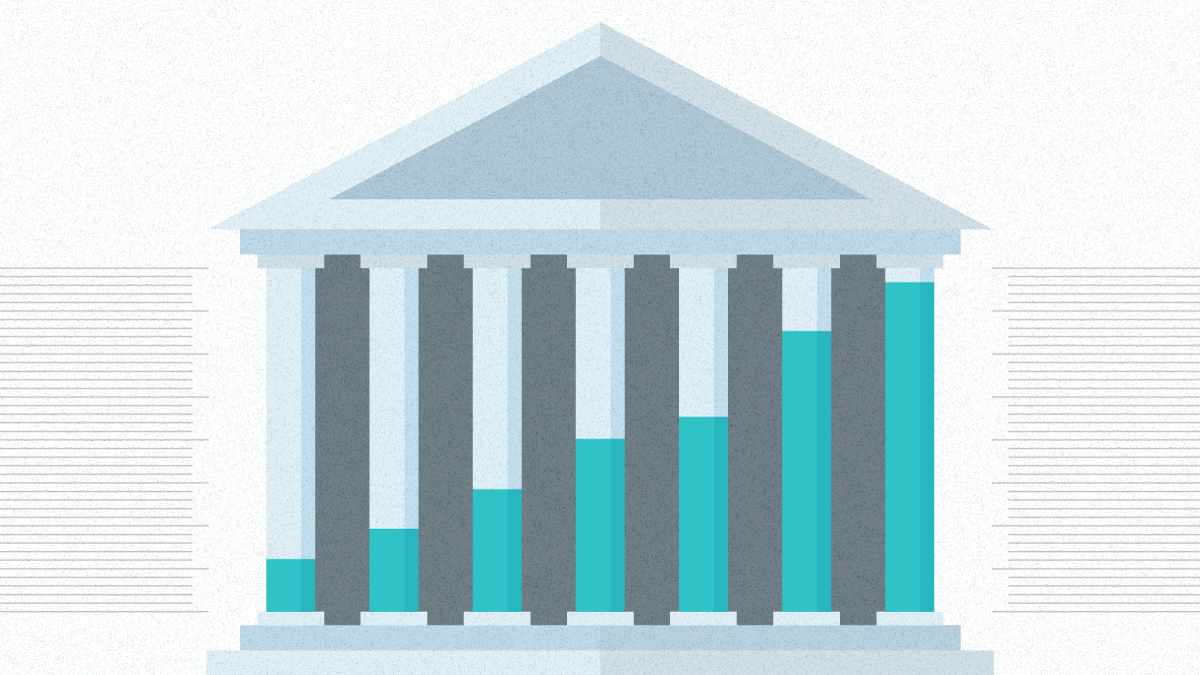Retail banking services provide a compelling example for other industries that want to modernize their use of data and improve their marketing capabilities.
How can modern banks’ use of data-backed insights provide a clear model for marketers wanting to improve revenue and the customer experience? While other industries react to the influx of data, banking has always reveled in it. No other industry has made it their business to track data points, log transactions and handle accounts on a line-by-line basis quite like banking.
This immersion into data means that retail banking services are in a better position than most industries to seize the potential of their customer data and use it to affect positive changes. These changes not only affect banking organizations’ outward marketing approaches and product designs, but they can also revolutionize internal practices to make modern banking one of the most advanced and forward-thinking enterprises out there.
The following three use cases show how modern banking can harness the power of data to enhance sales and the customer journey:
Cross-Selling Services Rewards All
One of retail banking’s biggest challenges is in the immobility of its customer base. Typical customers might open a checking account and nothing else throughout the course of their decades-long relationship with a bank. These customers are loyal but underutilized in terms of their potential lifetime value.
In the past, the approach was to market to all customers with the most novel or popular account products in order to lift revenue. This type of pitch failed to acknowledge each customer’s individual needs and goals.
Now, by examining data from customer accounts, banking marketers can instead learn specifically which products fit most readily within a customer’s needs, especially as those needs change. For instance, customers who have accrued a large amount of savings over time can receive an automated offer to transfer some of their money to a money market account or to certificate of deposit. These products earn customers higher interest while growing their value to the banking brand, benefiting both parties in the process.
The Customer Experience Must be Optimized
Another area in which data analytics benefits banking is in the ability to optimize resource allocation. By studying current customers, banks can examine how new practices like mobile banking facilitate the customer experience. When deciding how they can improve these services, banking institutions can look to data to help them see where friction and bottlenecks are. For example, if users have to take too many steps to view their account balance, then optimizing the mobile app to quickly show a bank balance might be needed.
This research can also be beneficial when onboarding new customers by taking their needs into account. For instance, the same mobile data that shows people accessing the banking app during the weekend can lead to strategies that serve ads for banking services to non-customers during optimal times.
Data Drives Smart Investment Decisions
Unpredictability can make it harder for large banks to allocate resources appropriately and ensure that their clients will benefit from sound financial management advice in both the long and short term. To correct these blind spots, many larger banks are turning not just to data analytics but to systems that can help them process this data faster and with more precision.
Business intelligence uses tools to gather massive data pools, quickly process and analyze the data and capitalize on that data to gain new business insights. BI gives banks the latest information on their most profitable customers and the investment choices they make. Banks can use that information to retain high net worth customers, market the right investment tools to them and decide which vehicles to invest in for the best return.
In the end, use cases show how industries that are on the cusp of high technology and strategic thinking such as banking can benefit the quickest as new data capabilities emerge. Banking’s analytics practices can serve as a model for legacy businesses to grow their revenues and customer base through the power of data.

